.
Introducing Kaweco Calligraphy Sets
To ensure artistic, creative writing pleasure, Kaweco offers the calligraphy set which includes:
a Kaweco Sport fountain pen with a 1.1 mm calligraphy nib
3 exchangeable inserts with a stroke width of 1.5, 1.9 and 2.3 mm
3 protective caps for the exchangeable inserts
2 boxes of original Kaweco ink cartridges
Available in black and white the Kaweco calligraphy set is beautifully presented in a gift box.
As a starter set into creative writing Kaweco offers the small CALLIGRAPHY Set “S”.
It has two nib sizes included - the 1.5 mm nib and the 2.3 mm nib
1 protective cap for the second nib
1 pack of original Kaweco ink cartridges
- - - - - - - - - - - - - - - - - - - - - - - -
Brief History of Kaweco
- - - - - - - - - - - - - - - - - - - - - - - -
Heidelberger Federhalterfabrik (dip pen factory) was launched in 1883 by the gentlemen Luce and EnBlen to produce wooden fid pens. Businessmen Heinrich Koch and Rudolph Weber took over the Heidelberg dip pen factory and set up a new production in Handschuhsheim - outside Heidelberg. Products produced were marked with brand names such as Perkeo, Omega and Kaweco with initials HF which stood for Heidelberger Federhalterfabrik (Heidelberg dip pen factory).
In 1903, the pens were supplemented with KO-MIO filling pencils (twist pencils) and in 1908, the first safety fountain pen was patented by KAWECO D.R.G.M. 224101 and intensively advertised. By 1912, the Kaweco catalogue makes mentions of subsidiaries in Berlin, Paris, Zurich and Vienna as well as agencies in many countries all over the world.
1912 also marked the first mention of the pocket fountain pens for ladies, officers and sportmes - the birth of Kaweco Sport.
Morton pen nibs which were originally imported from New York since the inception of Heidelberger Federhalterfabrik (Heidelberg dip pen factory) supports Kaweco by setting up a nib factory in Germany in 1913 and sending their engineers and machines to Germany.
Despite the World War I outbreak, Kaweco was allowed to keep producing due to the product's importance and receives the Goldenen Preis (golden prize) at the International Show in Leipzig, Germany in 1914.
By 1921, Kaweco transforms to a public limited company with 600 employees and an annual production of 130,000 fountain pens. Despite producing lever fountain pens and the push-button filling system by 1927, Kaweco faces fierce competition after the WWI with record of loses in 1928. By May 24th, 1929, Kaweco filed for bankruptcy and was purchased by the considerably smaller Baden fountain pen factory - Woringen and Grube (with the brand name Aurumia) from Wiesloch.
A year later, the brands and models of both Kaweco and Aurumia were fused; "KA WE CO" in the three-part circle emerges as the logo and is still used today on nearly all pens.
The pens were supplemented by Kaweco Twist Pencils in silver in 1932, the Kaweco Dia and Kaweco Colleg fountain oen with piston filling system available several sizes and styling in 1934, and Kaweco Sports in 1935 as a piston fountain pen with matching twist pencil whose shape and design were models for the new Kaweco Sports models introduced in 1994 onwards.
The 1930s also witnessed ongoing novelty letters with solid publicity, sent to all dealers, which revived the Kaweco name and brought it back to the top of the market.
WWII however made production difficult with missing raw materials resulting in pens that are partially produced without metal parts. Rings and clips were omitted.
By 1949, Kaweco appointed sales representatives in Italy and Ireland, and resumed with heavy advertising including the refurbishment of Kaweco Sports that commemorated the winning of 1. FCK (German football team) at the German Championship in 1953 to the 1971 license of the XX Olympic Games that resulted in the launch of the Kaweco Sport Set with a special jeweler pendant.
Kaweco continues expanding its range and marks 150 years of craftmanship history with sales in close to 40 countries today.



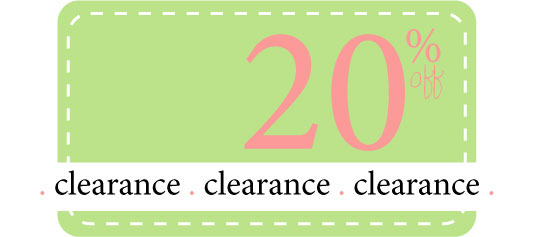
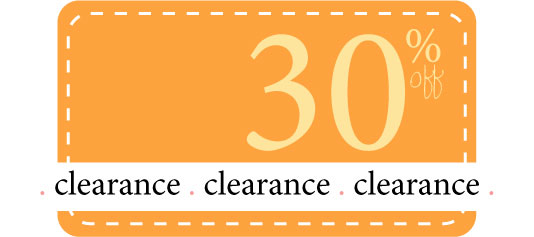
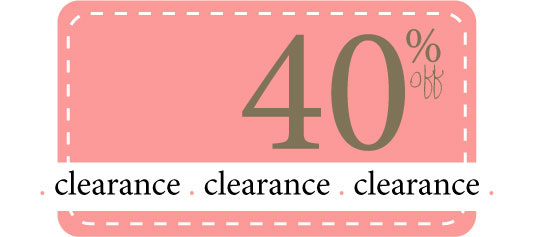
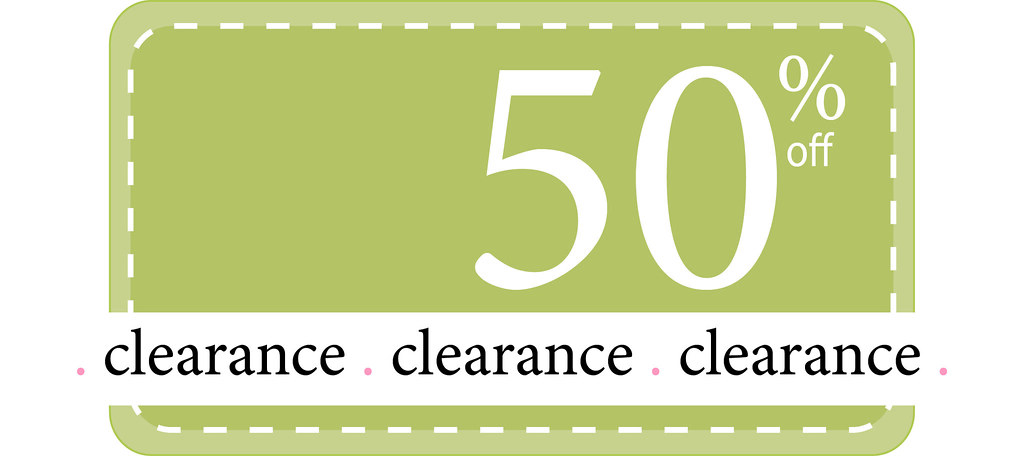
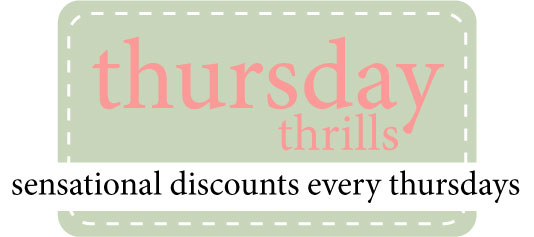
















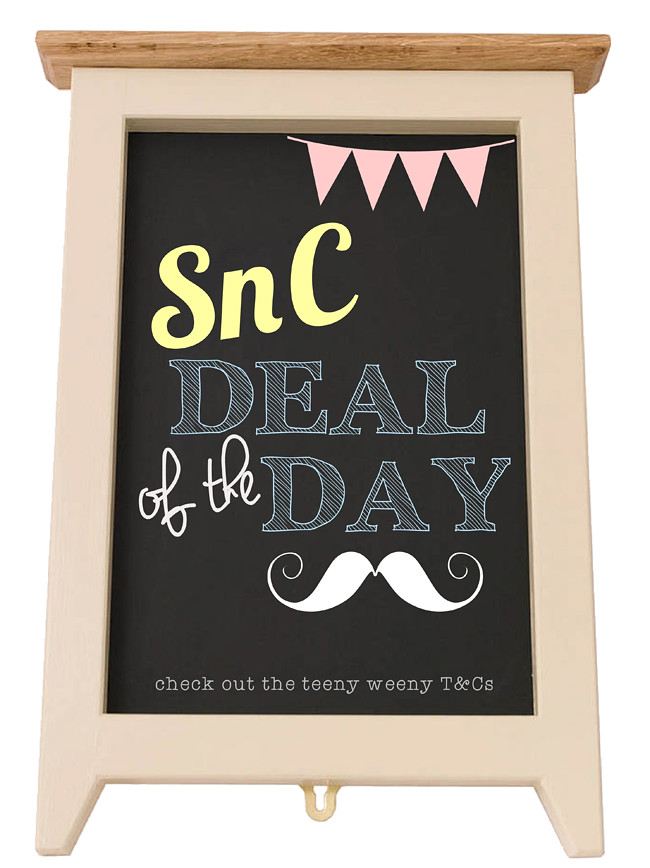

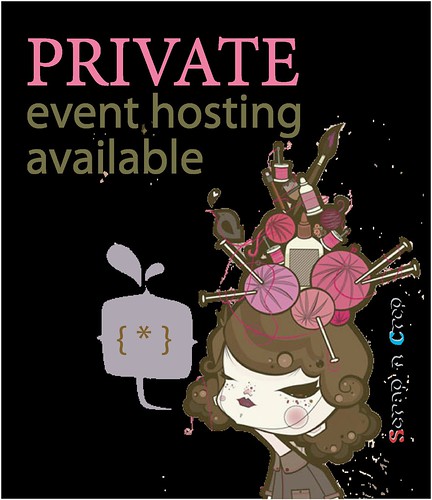








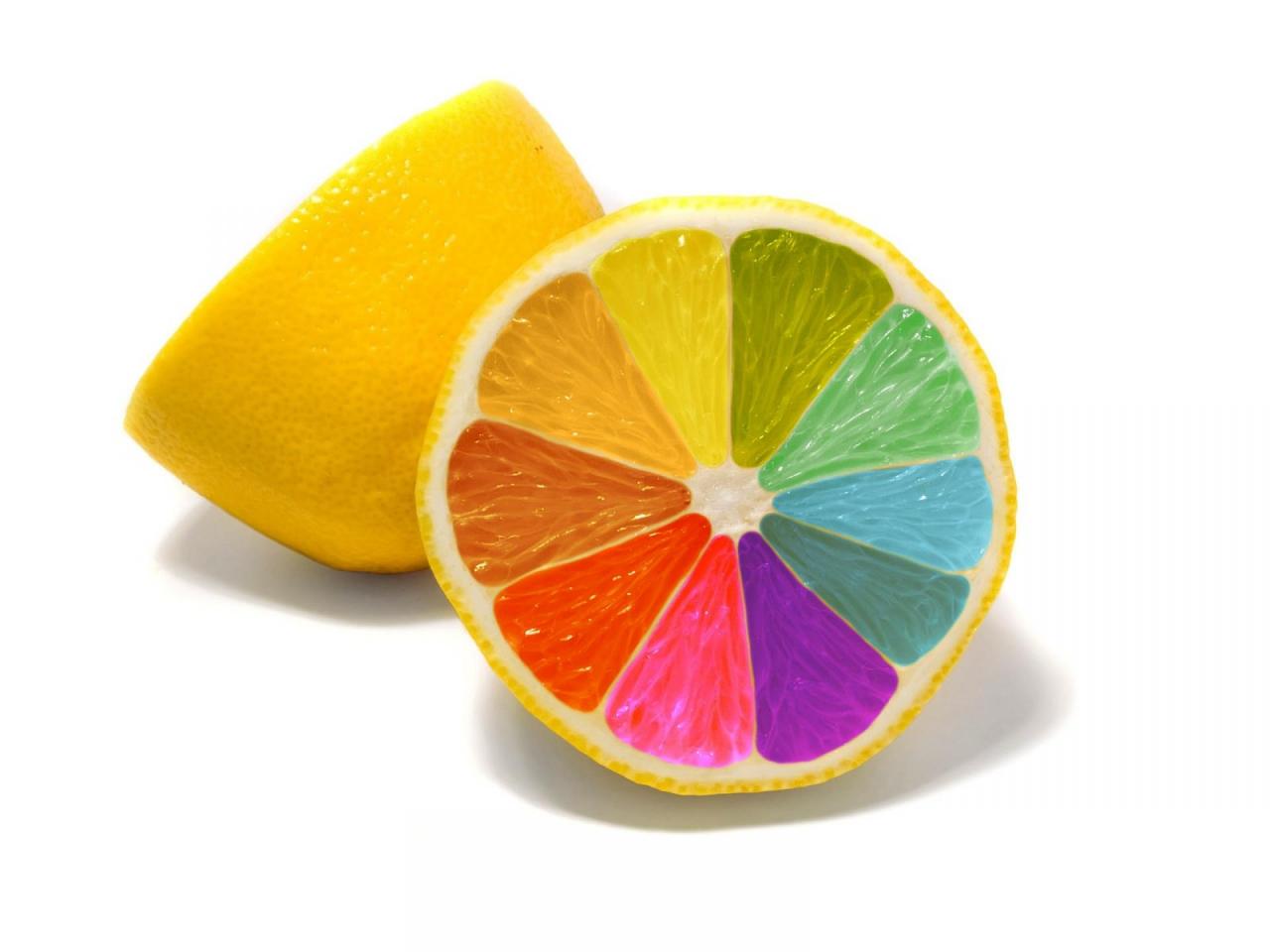

No comments:
Post a Comment